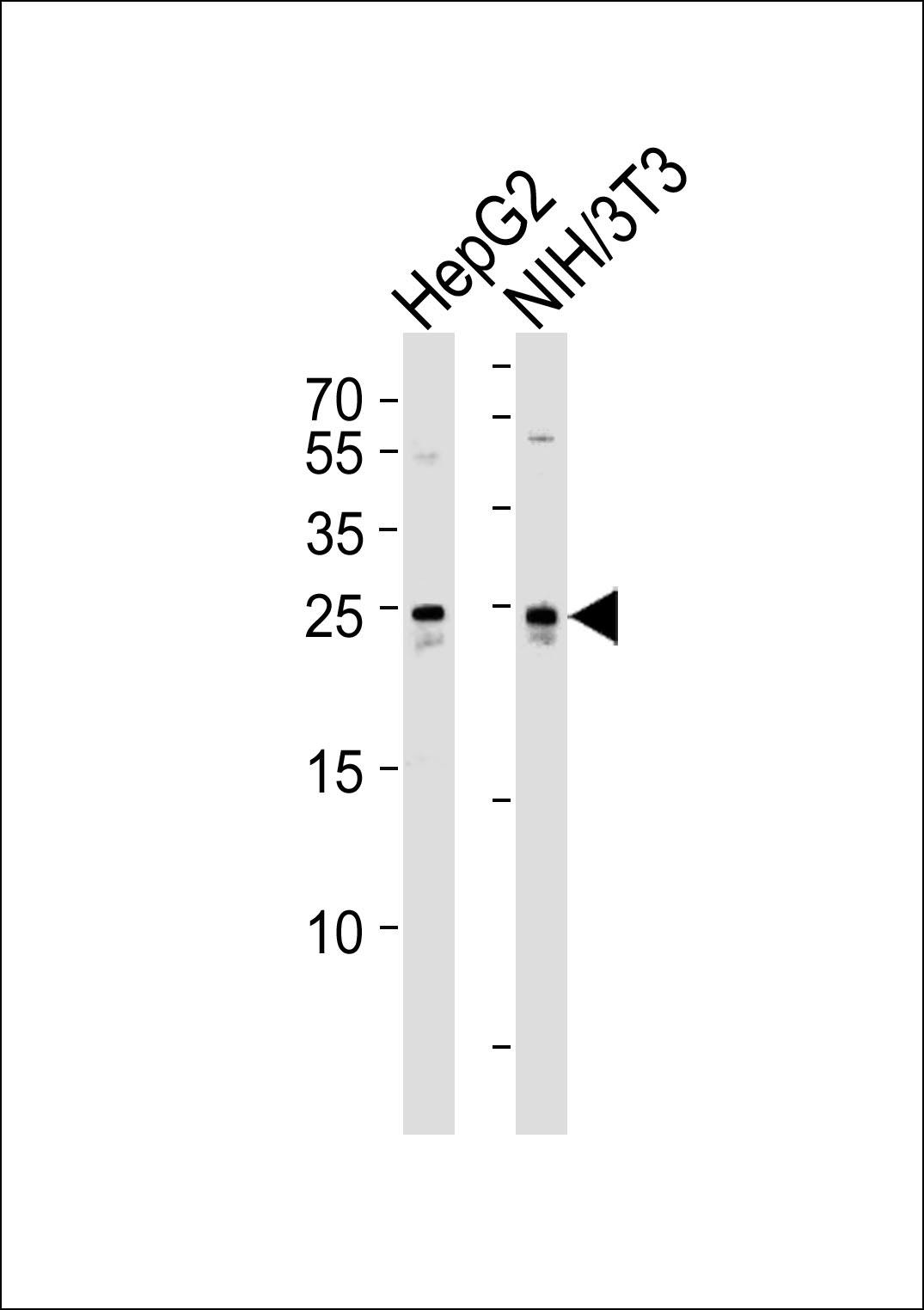产品名称
PTHLH Rabbit Polyclonal Antibody (N-term)
别名
Parathyroid hormone-related protein, PTH-rP, PTHrP, Parathyroid hormone-like protein, PLP, PTHrP[1-36], PTHrP[38-94], Osteostatin, PTHrP[107-139], PTHLH, PTHRP
存储缓冲液
Purified polyclonal antibody supplied in PBS with 0.09% (W/V) New type preservative N. This antibody is purified through a protein A column, followed by peptide affinity purification.
Human Gene ID
NP_002811.1;NP_945315.1;NP_945316.1;NP_945317.1
Human Swissprot No.
P12272
特异性
This PTHLH antibody is generated from rabbits immunized with a KLH conjugated synthetic peptide between 10-41 amino acids from the N-terminal region of human PTHLH.
运输及保存条件
Maintain refrigerated at 2-8°C for up to 2 weeks. For long term storage store at -20°C in small aliquots to prevent freeze-thaw cycles.
背景介绍
PTHLH is a member of the parathyroid hormone family. This hormone regulates endochondral bone development and epithelial-mesenchymal interactions during the formation of the mammary glands and teeth. This hormone is involved in lactation possibly by regulating the mobilization and transfer of calcium to the milk. The receptor of this hormone, PTHR1, is responsible for most cases of humoral hypercalcemia of malignancy.
组织表达
Ubiquitous. Also expressed in the mammary gland.
细胞定位
Cytoplasm. Nucleus. Secreted.
功能
Neuroendocrine peptide which is a critical regulator of cellular and organ growth, development, migration, differentiation and survival and of epithelial calcium ion transport. Regulates endochondral bone development and epithelial-mesenchymal interactions during the formation of the mammary glands and teeth. Required for skeletal homeostasis. Promotes mammary mesenchyme differentiation and bud outgrowth by modulating mesenchymal cell responsiveness to BMPs. Upregulates BMPR1A expression in the mammary mesenchyme and this increases the sensitivity of these cells to BMPs and allows them to respond to BMP4 in a paracrine and/or autocrine fashion. BMP4 signaling in the mesenchyme, in turn, triggers epithelial outgrowth and augments MSX2 expression, which causes the mammary mesenchyme to inhibit hair follicle formation within the nipple sheath (By similarity). Promotes colon cancer cell migration and invasion in an integrin alpha-6/beta-1- dependent manner through activation of Rac1.

